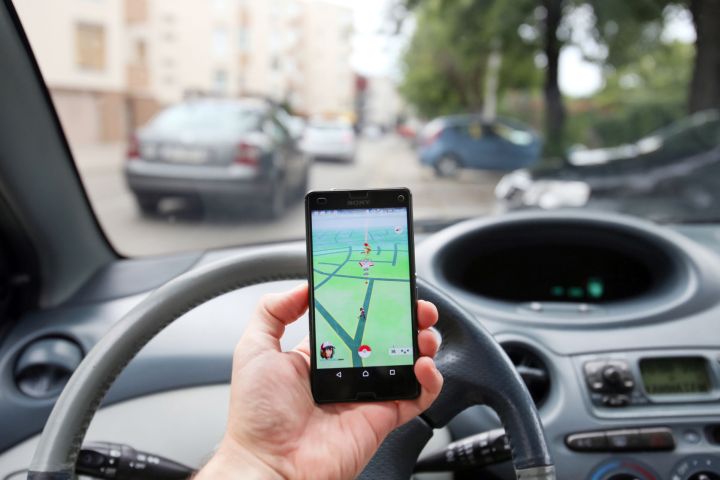
Sprint’s more than 10,500 retail locations throughout the U.S. — which include Sprint corporate stores, Boost Mobile, and Sprint at Radioshack popups — will become both PokéStops — real-world locations where players collect items and that help capture Pokémon — and Gyms, where players battle and train their captured Pokémon against others. The benefits of the partnership aren’t just virtual: Sprint stores will gain Pokémon Go-branded in-store charging stations that will help “keep your Pokémon Go sessions going even longer.”
The Sprint collaboration comes on the heels of two others, with Softbank and McDonald’s. Last month, mobile operator Softbank rolled out PokéStops and Gyms near its more than 3,700 stores. And earlier this summer, The Pokémon Company connected a launch in Japan with a nationwide promotion involving McDonald’s Japan’s more than 3,000 locations. The fast food chain’s restaurants became PokéStops and Gyms and served limited-edition Pokémon Happy Meal toys.
The McDonald’s promotion proved especially lucrative. Sales at the company’s locations spiked 19 percent, and the chain’s net income for the quarter ending in June ended at a record $3 million.
It’s far from an isolated success story. In the months following Pokémon Go‘s release, stores and restaurants near PokéStops have reaped the benefits. According to Revel Systems, which builds mobile point-of-sales systems for iPads, 82 percent of companies saw at least a 9 percent increase in weekly foot traffic, an average of 265 new weekly customers, and growth in weekly sales of about $2,000. And Lures, which are $10 in-app purchases in Pokémon Go that attract Pokémon to a specific geographic location, boosted those numbers even higher. In one instance, a pizza shop in New York City saw sales increase 75 percent after the owner dropped a Lure.
It’s not surprising, then, that today’s Pokémon Go promotion won’t be the last of its kind. Leaked Starbucks training slides indicate that the beverage behemoth will roll out a campaign as soon as December 8. Starbucks stores will become PokéStops and Gyms, and a new Pokémon Go-branded Frappuccino Blended Cremé — a Vanilla Bean Frappuccino blended with raspberry syrup and blackberries — will go on sale at locations around the country.
The Pokémon Go craze may have died down since this summer, when it attracted more downloads in the first week from Apple’s App Store than any game in history, but it hasn’t gone neglected. Niantic launched in-game events, story elements involving rare Pokémon, over the Halloween holiday. A recent app update introduced Buddy Pokémon, a feature that lets players choose a favorite pocket monster to follow them at all times, and added support for Pokémon Go Plus, a wearable that vibrates and illuminates when Pokémon approach. And in the future, Pokémon Go players will receive bonuses for certain daily activities like catching a Pokémon or visiting a PokéStop.
There’s more on the way. “We’re excited for December because we have a few new experiences and in-game events planned for you before wrapping up the year,” Niantic CEO John Hanke wrote in a blog post. “While we cannot share all the details yet, keep an eye out on our social media channels on December 12 for details about the first addition of more Pokémon into Pokémon Go.”
In September, Pokémon Go became the fastest game ever to hit $500 million in revenue. It’s been downloaded more than 500 million times worldwide since its debut, and according to SurveyMonkey, it’s leapfrogged Candy Crush and Draw Something to become the most popular mobile game in history.


